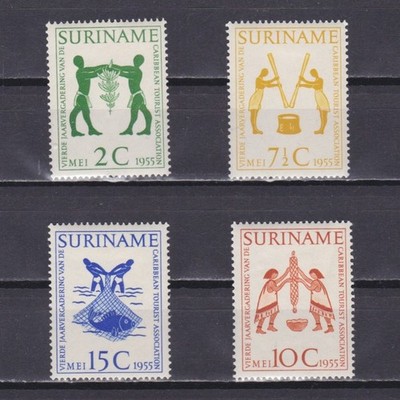Suriname: A Hidden Gem in South America

Introduction
Suriname, nestled on the northeastern coast of South America, is often overshadowed by its larger neighbours, yet it boasts a wealth of cultural diversity, rich biodiversity, and historical significance. With its capital, Paramaribo, a UNESCO World Heritage site, Suriname presents unique opportunities for both eco-tourism and cultural exploration. Understanding this nation is essential not only for travellers but also for those interested in global cultural dynamics and environmental conservation.
Geography and Biodiversity
Suriname is primarily covered by tropical rainforest, which is part of the Amazon basin. The country is home to a remarkable array of wildlife and plants, making it a critical area for conservation efforts. The Central Suriname Nature Reserve, a UNESCO World Heritage Site, covers around 1.6 million hectares and protects unique ecosystems that house many endemic species. It has become a focal point for ecotourism, drawing visitors eager to experience its pristine landscapes and natural beauty.
Cultural Heritage
The cultural landscape of Suriname is as diverse as its geography. The population is an amalgamation of various ethnic groups, including Indigenous peoples, Afro-Surinamese, Hindustani, Javanese, and others. This mix is reflected in the country’s vibrant cultural festivals, culinary offerings, and languages spoken, with Dutch being the official language. The nation’s history, marked by Dutch colonialism and a history of slavery, has shaped its contemporary identity and social dynamics.
Current Events and Developments
In recent years, Suriname has seen a significant push towards sustainable tourism and economic development. The government has initiated several projects aiming to leverage its natural resources responsibly while preserving its landscapes and cultural heritage. Additionally, there has been an increase in international collaborations focusing on environmental conservation, education, and local capacity building. The COVID-19 pandemic highlighted the importance of diversifying the economy beyond extractive industries.
Conclusion
As global interest in sustainable practices grows, Suriname stands at the forefront of potential transformation, blending its rich natural heritage with responsible tourism. With its unique blend of cultures and biodiversity, Suriname offers valuable lessons on coexistence and sustainability. For tourists and environmentalists alike, the nation presents an opportunity to discover an underappreciated yet historically significant part of the world. Looking to the future, Suriname’s trajectory in tourism can serve as a model for other nations grappling with balancing economic growth and environmental stewardship.









